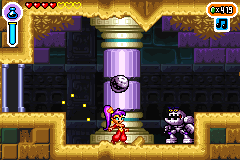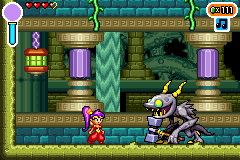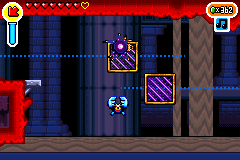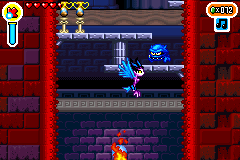- Genre: Action RPG
- Platform: PS5
- Also Available On: Switch, Switch 2, PS4, Xbox Series, Steam
This game is the very definition of low friction. It has a ton of systems for crafting, a ton of systems for combat, a ton of systems for collecting, systems for building, and systems for customizing. From a high level view it looks like absolute chaos, but they all work together and they all work similarly so doing any particular thing constantly feels familiar. In building out the game this way they’ve created something that feels like Animal Crossing through the lens of RPGs and it just becomes an absolute joy to sit down and play.
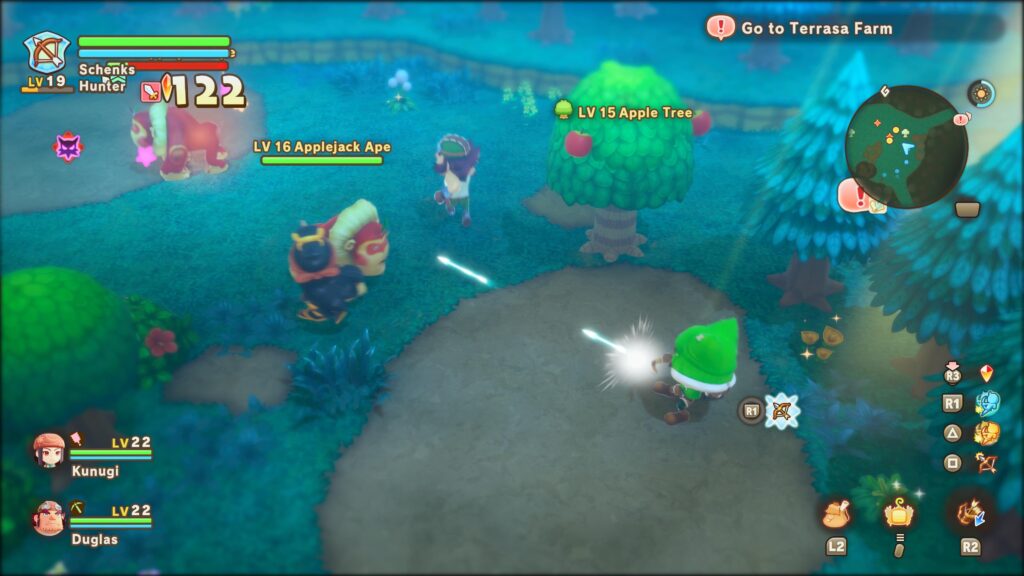
If I look at the individual systems in place and tried to pull them out into its own game, it’s pretty clear that you’d have a series of pretty shallow games. Combat is fairly effective, but it’s clearly simple. You can do a set of different melee types and a couple of ranged types, but they generally play similar enough to be a preference selection. They have a handful of attack types for variety but largely play the same. The crafting side of the game is similar. Each crafting life has a whole huge list of recipes but they are all crafted the same way so 1:1 against each other it’s pretty irrelevant. Ultimately what really makes the game work is the loop tying everything together and how seamlessly you transition between the various lives.
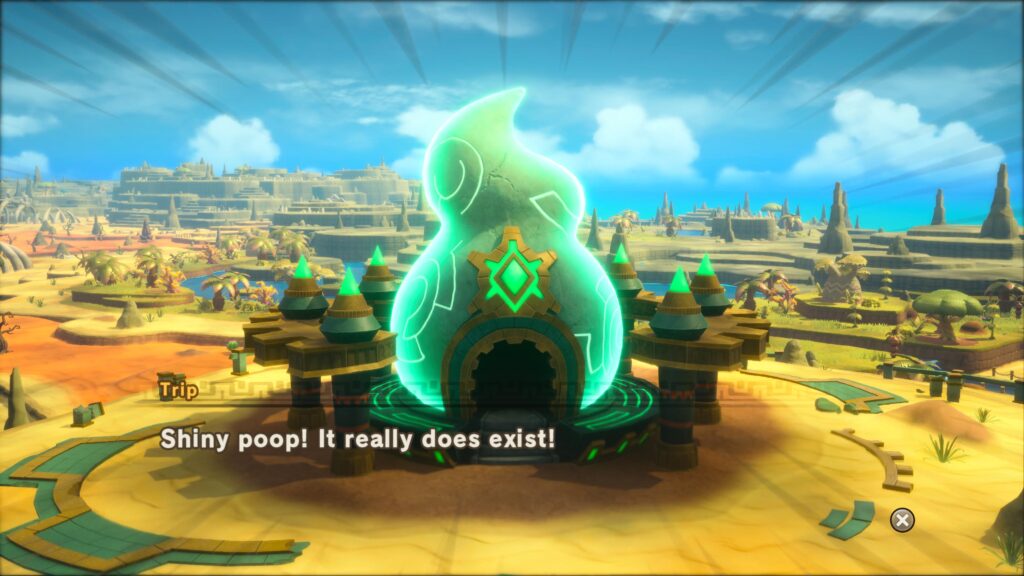
To me the story is largely irrelevant. It’s something to push you forward into higher level zones – which has its use – but it’s not what had me playing the game. The Animal Crossing portion of this is really what did it for me. Like Animal Crossing, you’re essentially building a customizable town and recruiting people in it, but with more direct control over the things that you place. Rather than props coming up in the shop, you have to make them. If you want that fancy new staircase type to pull off a new block of housing? Go build it. You want that cool new wall art for your personal house? Go make it. What comes out of that is that each decision on what you’re adding to the town has a lot more impact than Animal Crossing. It’s a series of checklists to get to it. Do you have the recipe? Do you then have the materials? Do you then have the skill level to create it? If not, do you have a townsperson with the matching skill to assist you in creating it? That is where the simplicity ends up shining.
The individual lives that you work through to create a single thing don’t need complexity when the game loop is short. Recipes generally come out of quests of some sort, so completion of them is generally a small amount of item creation or enemy kills to complete. It doesn’t try to bog you down in a large grind. Each recipe has some handful of required items – maybe it’s some ore or some fish or some flowers or some wood, or some other craftable subitem like paints or boards or metal ingots. Rather than making that process slow and plodding, getting those items is relatively quick. Yes there’s leveling, but crafts or kills at the same relative level as you provide a ton of experience, so you aren’t grinding to earn new things. Each little piece of a whole item is its own couple minute game loop that is fast and fun enough without providing unnecessary friction to the player. At the end, you create your item, put it where you want, and move on to the next thing.
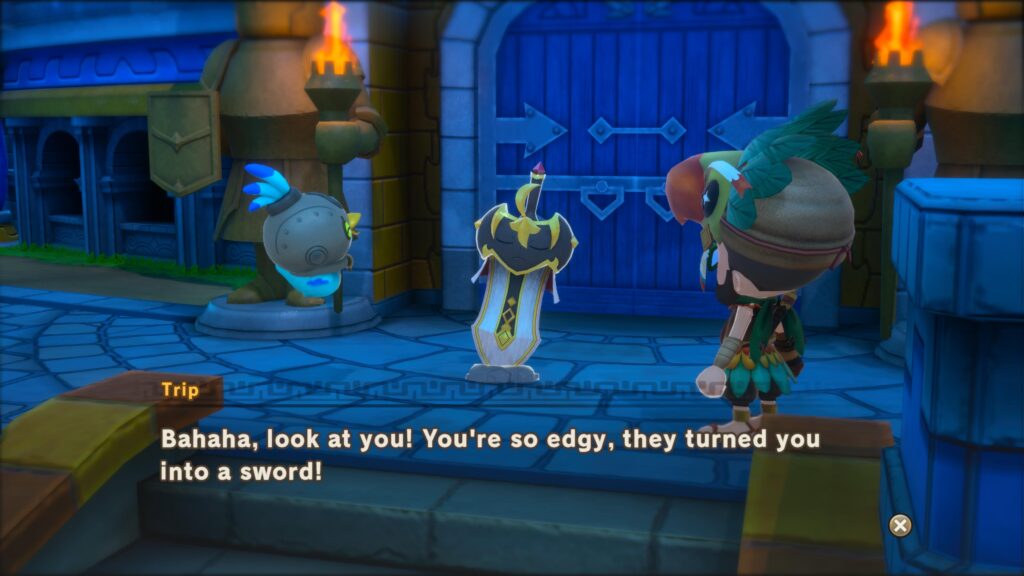
It is then helped that in the process of completing these mini game loops you’re also just generally grabbing other items as you go. On the way to some specific ore there’s probably some monsters or trees or any number of other things that you quickly dispatch to get more stuff that you can use later. It’s then easy to transition between all this because the fundamental controls are the same across the board. Each gathering life type has the same type of setup where there are weakpoints you can scan for and hit to more quickly dispatch the item. They all have the same setup of a critical finishing blow to gain more items. This extends to combat where the combat controls similarly have charge attacks on the same buttons for more damage to keep a similar sort of rhythmic flow to combat and gathering. On the crafting side, the setups are the same picture matching with the same clicks, hold, and button spam types so transitioning between woodworking and blacksmithing and cooking is all seamless.
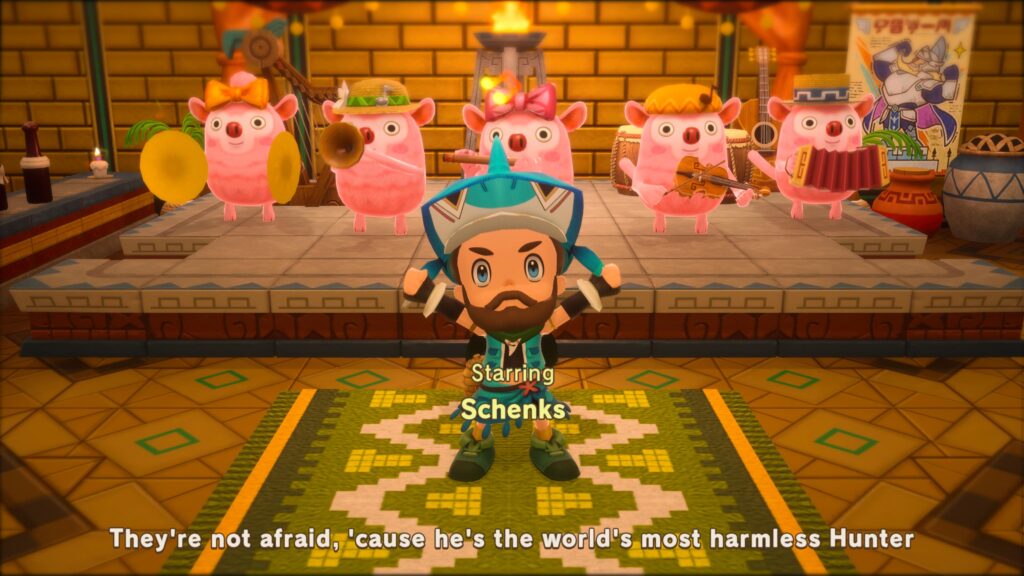
This is ultimately what I mean by everything being low friction. The entire game is a series of small systems that are good enough on their own to be fun enough. They wouldn’t stand well over time isolated in their own game, but as the sum of parts to create a more advanced Animal Crossing experience they just all enhance each other. The systems have a short loop to keep you going to the next part of your checklist in a way that reminds me a lot of DS/3DS era games where everything was really tuned down to a 5 minute game loop that you can pick up and put down at any time, but can also just be played in hours long sessions because they are so smooth to get through. Creating your town is easy and fun but still requires enough effort to complete that it doesn’t feel trivial. It all just ends up working well in a way that makes this an easy recommendation for anyone looking for that Animal Crossing fix.







